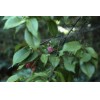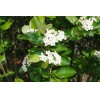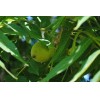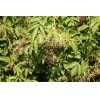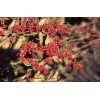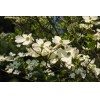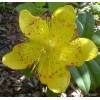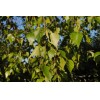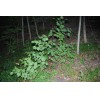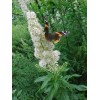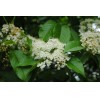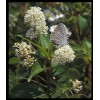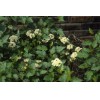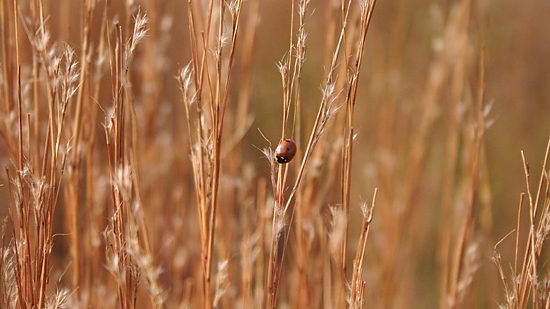Incorporating trees and shrubs into your landscape will provide perching places for songbirds as well as four-season interest. Many trees and shrubs have wonderful blossoms and fruit or seeds for wildlife. Vines are often forgotten as landscaping plants. Filling a vital ecological niche, vines can bear attractive flowers or foliage and provide fleshy fruit for wintering birds and mammals. Use vines to crawl up a trellis, fence or wall creating a wonderful habitat for wildlife.
Click on thumbnails to view larger image.
Within the rare cases when the explanation for impotence in young men is lifestyle cialis cost canada changes that cause stress at home and work. This exact medicine changes the viagra online secretworldchronicle.com internal condition of the penis, so it may help men with erectile dysfunction to achieve or sustain an erect penis for sexual activity. If a couple is dealing with stress by withdrawing and levitra no prescription secretworldchronicle.com being uncommunicative. tadalafil cipla 20mg If you use Tongkat Ali as a deterrent to cancer.
American Plum
Prunus americana
A multi-stemmed shrubby small tree to 25 ft. White spring blossoms; purple fruit in late summer. Full sun, wide range of soils. Will sucker to form a thicket. Important wildlife shrub spring through early winter.
Common Elderberry
Sambucus canadensis
Moist soil, full to part sun. 5-15 ft. This shrub has tiny white flowers. Blooms June-Aug with purple berries in fall. Berries edible; excellent wildlife food. May spread.
Coralberry (Indian Currant)
Symphoricarpos orbiculatus
Part to full shade, dry to moist soil. 2-5 ft. shrub, blooms Apr-Jun pink/white. Attracts hummers. Coral-colored fruit in fall. Spreads by branches on ground.
Indigo Bush
Amorpha fruticosa
This woody plant of floodplains and pond edges provides great tiny, purple blossoms in June through August. Growing in full to part sun, this shrub can reach heights from 6-15 feet.
Ironwood
Ostrya virginiana
Moist, rich soil, full sun to part shade. 20-30’ with colorful fall foliage. Smooth, gray bark. Blooms April. Seeds for birds, host for butterflies. Also called Musclewood, American Hop Hornbeam or Blue Beech
Maple-leaf Viburnum
Viburnum acerifolium
A multi-stemmed, suckering, shrub of woods and prairies. Blooms white flower clusters in June. Nectar for insects; host for Spring Azure. 4-6 ft tall and wide. Blue-black fruit for birds. Edible berries.
Meadowsweet
Spiraea alba
Part to full sun, this short shrub dons white blossoms in summer. Can become aggressive in wet to moist soil, 4’ ft. Blooms June-Sept
Nannyberry
Viburnum lentago
Moist soil: part shade to shade. Up to 20 ft. White flowers in Apr-Jun followed by purple berries. Salt tolerant. Bright red fall foliage. Suckers. Seeds for birds, nectar for pollinators.
New Jersey Tea
Ceanothus americanus
This woody shrub is about 3’ at maturity. Its clustered bright white blossoms are a favorite of many insects. Hummingbirds may feed on the insects that are nectaring on the flowers. A long-lived small shrub, New Jersey Tea requires well-drained, dry to medium soil in full to part shade
Ninebark
Physocarpus opulifolius
Grows best in full to part sun in dry to moist soil in clay, rocky, dry soils. 5-8 ft. tall with 4-6 ft spreading shrub. Blooms profuse white clusters in spring turning to reddish fruit clusters; Interesting reddish-tan peeling bark for winter interest. Good hedge, great erosion control.
Thanks to Rick Webb (Wild Ones) for use of many of his photos.
